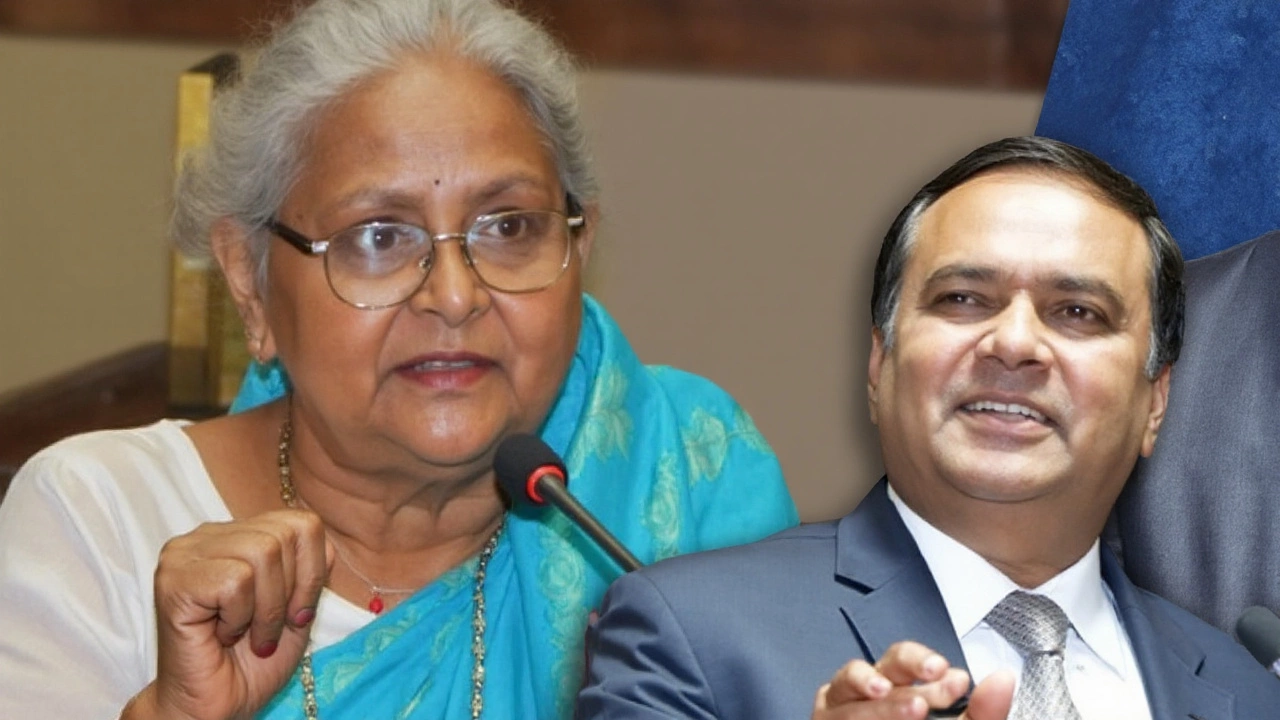South Asia Politics – What’s Happening Right Now?
South Asia is buzzing with political change, and if you’re wondering why the headlines keep flashing, you’re in the right place. From power struggles in Nepal to youth-driven movements across the subcontinent, the region’s political scene is anything but dull. Let’s break down the latest developments, especially the story that’s grabbing everyone’s attention – Kulman Ghising’s rise as the frontrunner for Nepal’s interim prime minister.
Nepal’s Interim Government Shift
After former prime minister KP Sharma Oli stepped down amid intense anti‑corruption protests, Nepal found itself at a crossroads. The country needed a steady hand, and that’s where technocrat Kulman Ghising entered the frame. Known for ending the country’s dreaded load‑shedding as the head of the power utility, Ghising earned a reputation for getting things done. That track record turned him into the favorite candidate for leading the caretaker government.
What’s interesting is how quickly the political winds changed. Gen Z protesters, who initially rallied behind former Chief Justice Sushila Karki, started shifting their support to Ghising. Their reasoning? They see a practical leader who can deliver results, not just promises. The shift has put pressure on the president and the army chief to find a consensus quickly, while curfews remain in place to keep the streets calm.
Why Gen Z’s Voice Matters
Gen Z isn’t just another demographic; they’re the firebrand driving real change in South Asia. In Nepal, their protests sparked a nationwide conversation about corruption, governance, and energy security. Their backing of Ghising signals a broader demand for leaders who prioritize tangible outcomes over political games.
Across the region, similar youth movements are reshaping the political narrative. Whether it’s calls for electoral reforms in India or demands for economic justice in Bangladesh, the younger generation is proving they won’t settle for the status quo. For policymakers, this means listening to a more vocal, connected, and tech‑savvy electorate.
So, what does this mean for you, the reader? If you’re keeping an eye on South Asian markets, government contracts, or NGOs working in the area, understanding these shifts is crucial. A stable interim government in Nepal could mean smoother trade routes, better energy cooperation, and fewer disruptions for businesses operating in the Himalayas.
Meanwhile, the rising influence of Gen Z suggests that future policies will lean more toward transparency, digital governance, and sustainability. Companies that adapt early to these trends will likely find a competitive edge.
Bottom line: South Asia politics is in a dynamic phase, with Nepal’s interim leadership saga acting as a microcosm of larger regional currents. Stay tuned, stay informed, and watch how the youth’s voice continues to shape the political landscape across the subcontinent.

Kulman Ghising heads the pack for Nepal’s interim PM as Gen Z pivots away from Karki
After KP Sharma Oli quit amid deadly anti-corruption unrest, technocrat Kulman Ghising has become the favorite to lead Nepal’s interim government. Gen Z protesters who drove the movement have shifted support from former Chief Justice Sushila Karki to Ghising, citing his record ending nationwide load-shedding. Curfews remain as talks with the president and army chief seek a consensus caretaker.